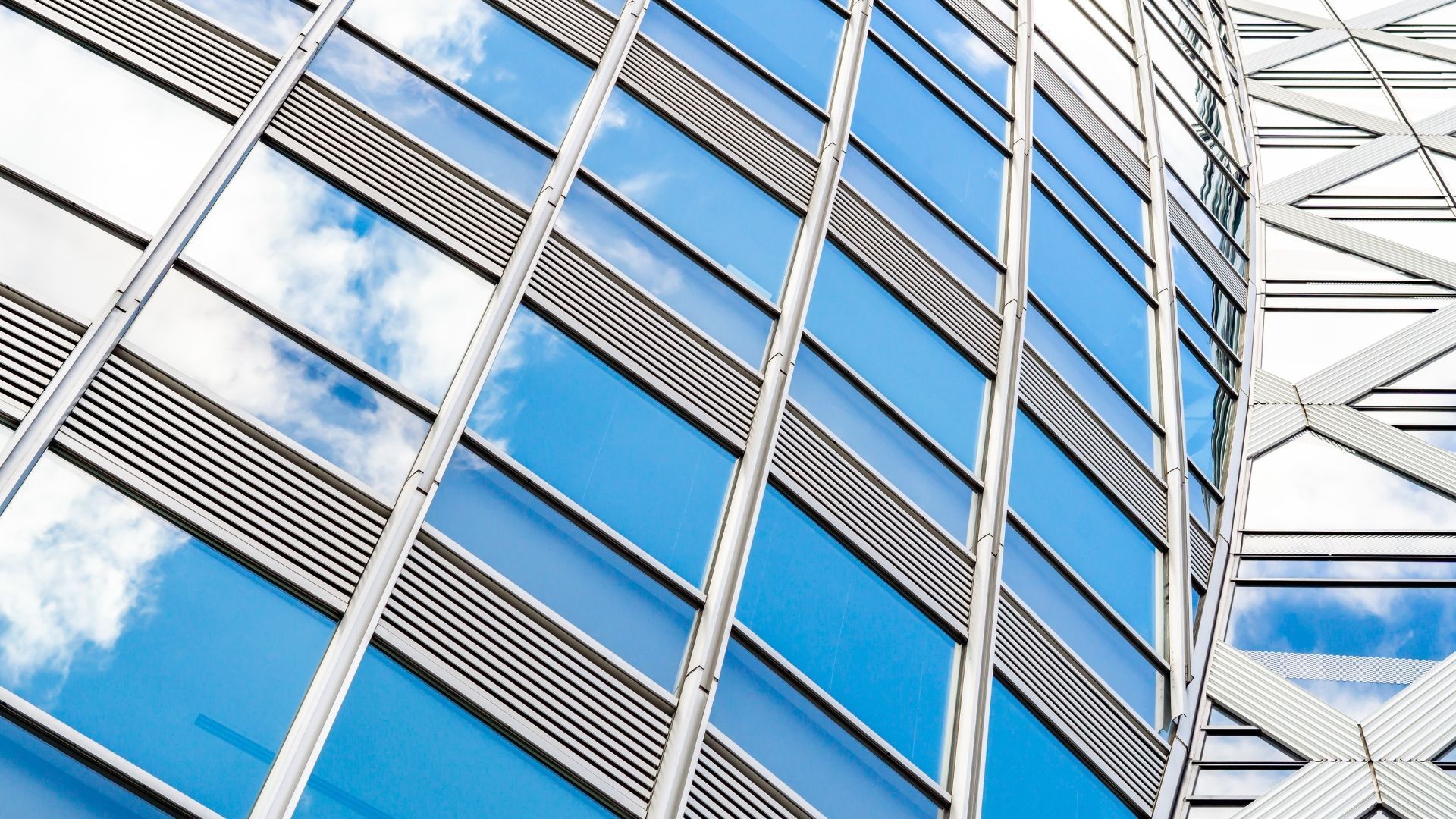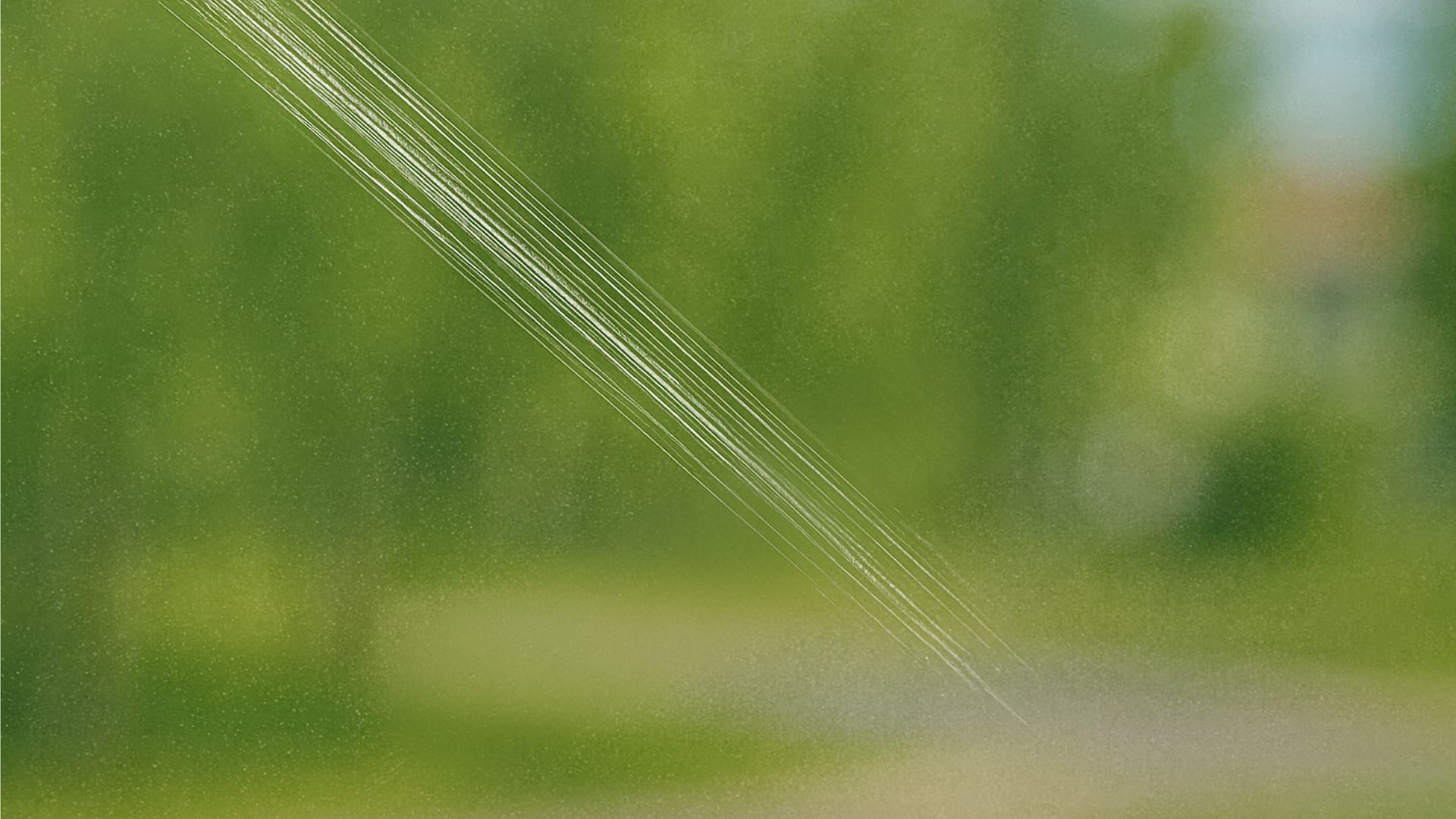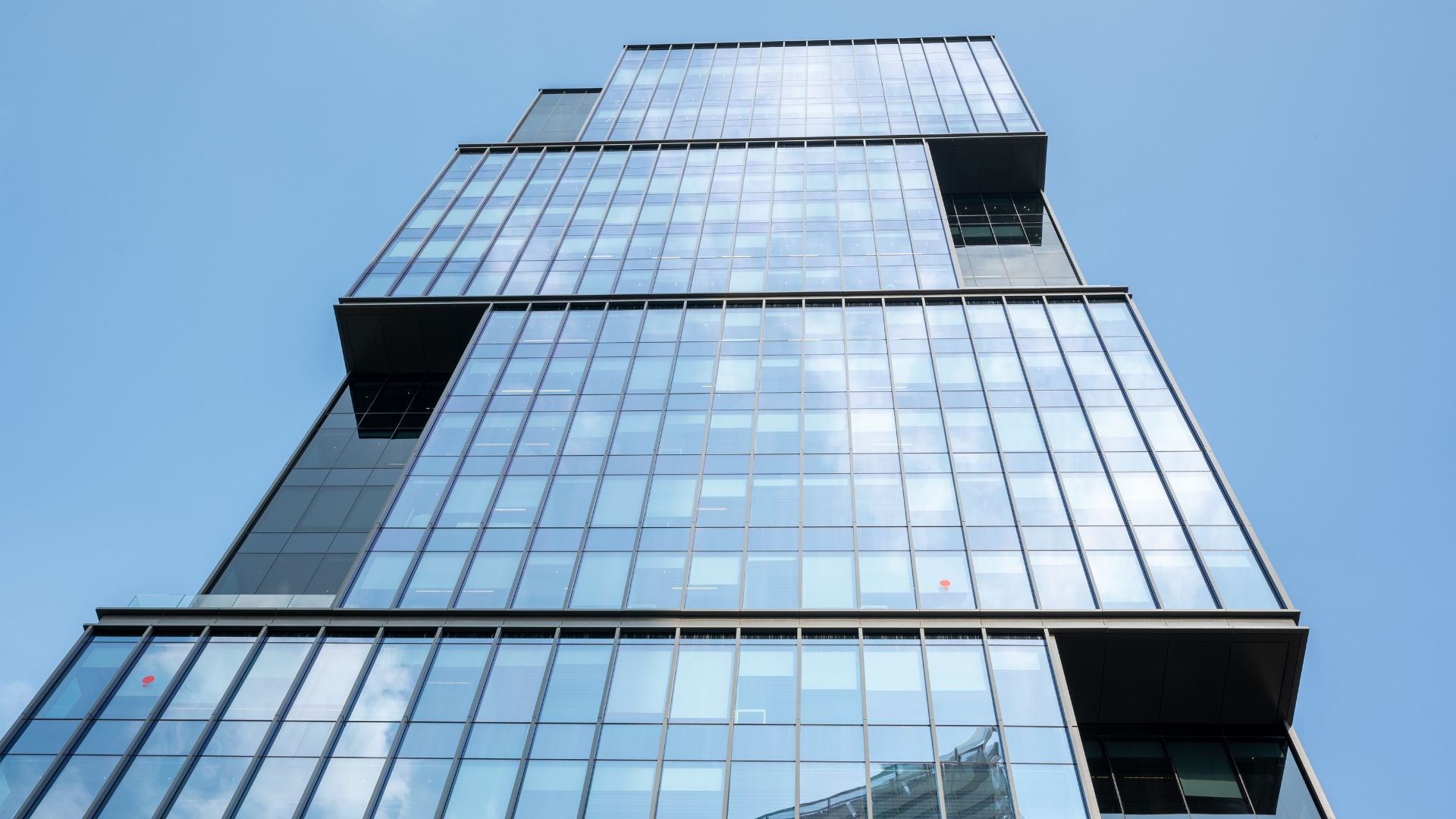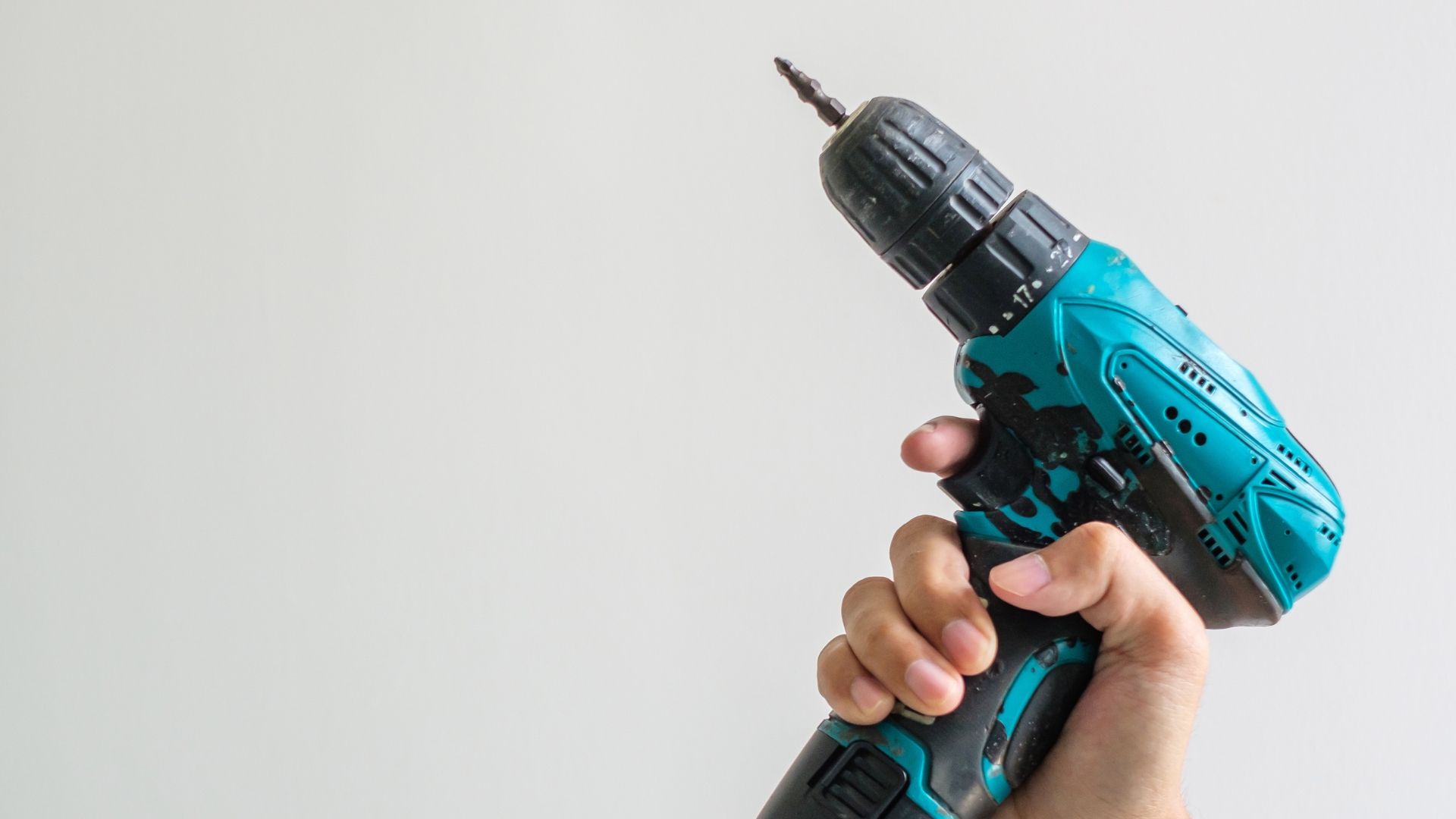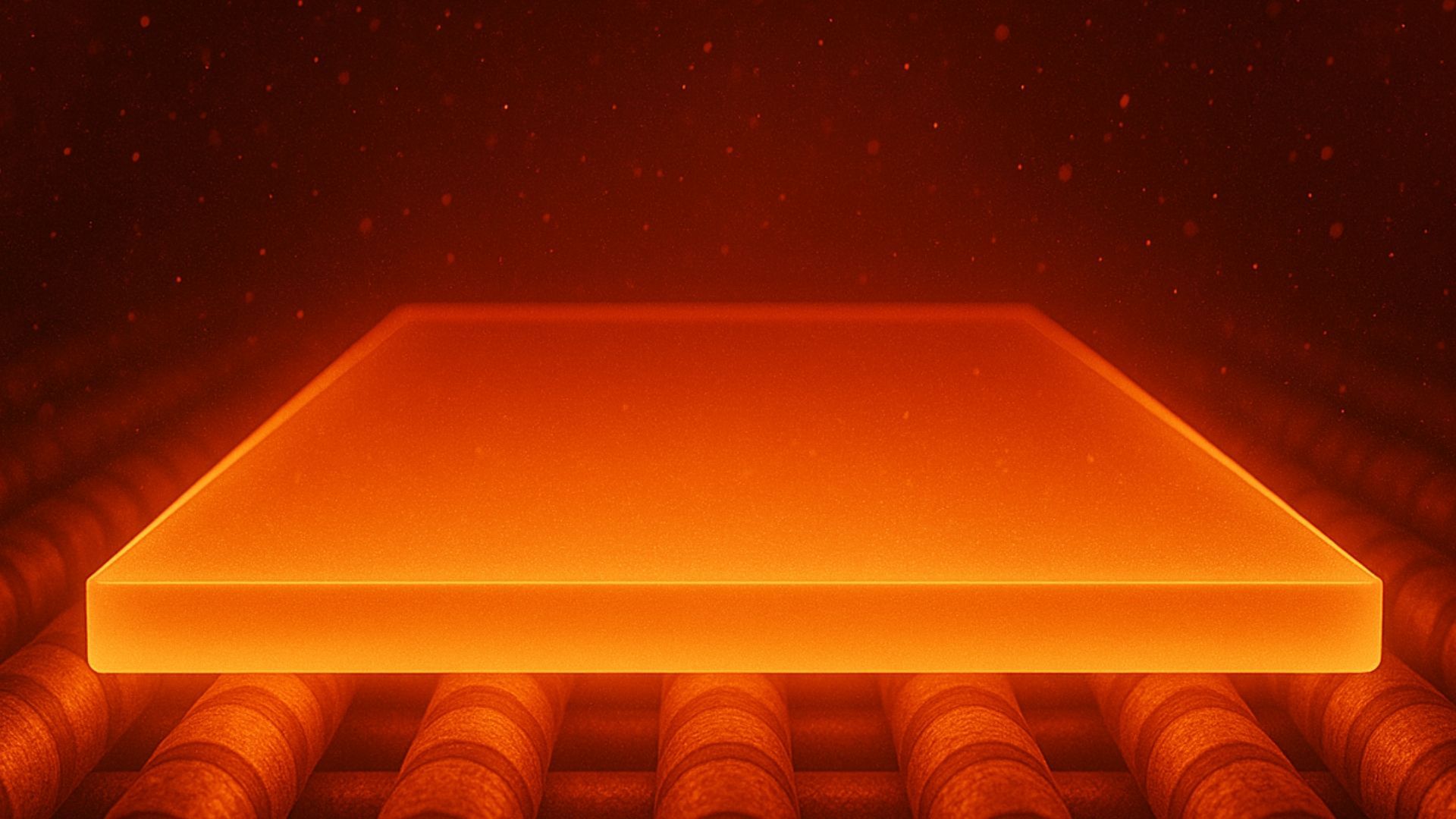Buone pratiche e regolamenti edilizi per balaustre in vetro
Share this blog:
Le installazioni di balaustre in vetro sono rigorosamente regolamentate. Scopri cosa devono tenere in considerazione gli installatori per garantire conformità, sicurezza e migliori pratiche.
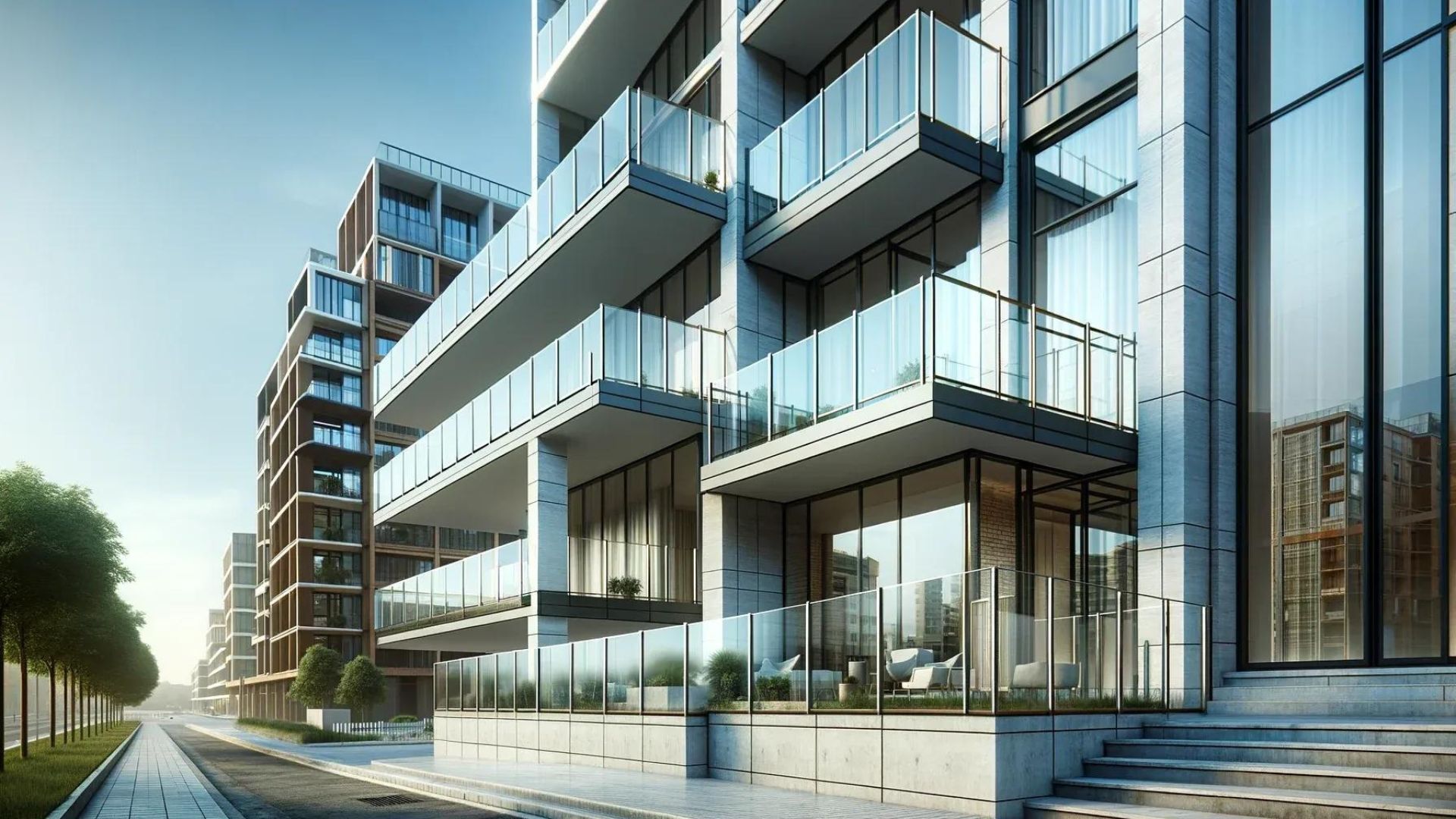
Nel corso degli anni, le balaustre in vetro sono diventate un elemento fondamentale delle vetrate strutturali. Ma come tutti i tipi di vetro architettonico, sono rigorosamente regolamentate per garantire sicurezza e best practice.
Ci sono tre cose che gli installatori di balaustre devono tenere in considerazione:
- Il tipo di vetro utilizzato
- I fissaggi utilizzati per i pannelli di riempimento in vetro
- Il peso dei carichi coinvolti
Tutti questi aspetti sono disciplinati dalle normative edilizie ufficiali e dai documenti approvati.
Prima di esaminare più da vicino queste normative, è importante notare un paio di cose. Innanzitutto, questo articolo è una guida a ciò che dovresti considerare, non costituisce un consiglio ufficiale. E in secondo luogo, potrebbero essere applicati standard aggiuntivi quando si installa vetro laminato in balconi residenziali esterni.
Tutta la documentazione appropriata è disponibile online. Questo articolo ha il solo scopo di indirizzarti nella giusta direzione. Ci auguriamo che ti aiuti a reperire e installare il miglior vetro per il lavoro.
Stai utilizzando il tipo di vetro giusto?
Innanzitutto, per l'installazione delle balaustre è fondamentale scegliere il tipo corretto di materiali, soprattutto negli spazi pubblici.
Il vetro deve essere di sicurezza. Se cadesse, si frantumerebbe? Se sì, hai bisogno di qualcosa di più robusto. Le balaustre in vetro dovrebbero essere realizzate in vetro temperato o laminato che non provochi lesioni in caso di incidente. Ciò potrebbe essere causato da un difetto nei fissaggi, uno dei motivi per cui sono indispensabili fissaggi adatti.
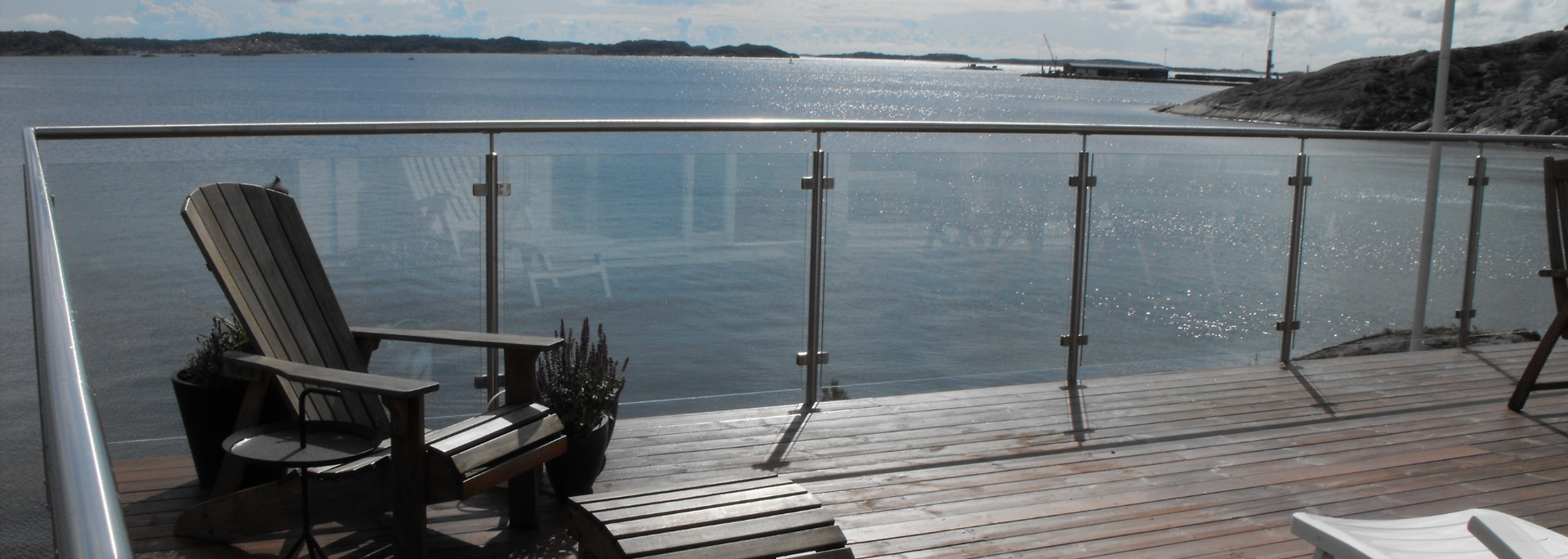
Se la balaustra è senza cornice, il vetro deve essere laminato utilizzando vetro temperato. Quelle con cornici circostanti hanno più opzioni, ma sono comunque regolamentate per garantire la sicurezza.
The exact type of material you should use is covered in
Regulation 7, as well as Approved Documents parts
A1,
K2 and K4.
fissaggi
I pannelli di tamponamento in vetro devono essere fissati con il numero corretto di elementi di fissaggio, posizionati con precisione. Come per molte normative edilizie relative al vetro, si tratta di una questione di millimetri. Tutti i dettagli sono disponibili in BS 6180:2011.
Carichi
Glass balustrades are protective barriers – they need to be able to withstand certain loads. These load requirements are set out in BS 6180:2011 and in the EN
Eurocodes. They cover line loads, uniformly distributed loads and concentrated loads.
Esiste anche una normativa specifica per le balaustre in vetro nelle aree frequentate dai bambini. In questo caso, una sfera di 100 millimetri non dovrebbe essere in grado di passare tra due pannelli di vetro dell'installazione.
Altezza
The height of a glass balustrade is dictated by
Approved Document K. This is to make sure that the finished glazing is enough of a barrier. The measurements are based on what the balustrade will be used for and the level of traffic that's expected.
Per fare un esempio relativo agli edifici residenziali privati, la balaustra di un balcone dovrà essere più alta di quella di un pianerottolo.
I requisiti di altezza per gli immobili residenziali sono diversi da quelli per gli spazi commerciali, di ritrovo e di vendita al dettaglio.
Corrimano
When designing a glass balustrade, architects will often ask whether you want a continuous handrail. This raises the question of whether the handrail
needs to be continuous or whether it's a question of taste.
La risposta è che non è un requisito, nemmeno nel caso di un'installazione senza telaio, purché si utilizzi un vetro temperato laminato che rimanga al suo posto anche se un pannello si rompe.
Quali sono i documenti essenziali?
Ecco un elenco dei documenti essenziali per l'installazione di balaustre in vetro.
- BS 6180:2011 Barriere negli edifici e in prossimità di essi – Codice di condotta
- BS 6262-4: Vetrate per l'edilizia – Parte 4: Sicurezza relativa all'impatto umano – Codice di sicurezza
- BS 6262-6: Vetrate per l'edilizia – Parte 6: Codice di condotta per applicazioni speciali.
- Documento approvato del regolamento edilizio B1
- Documento approvato dai regolamenti edilizi K
- EN 12600 Vetro negli edifici – Prova del pendolo. Questa è la norma che specifica il metodo di prova d'impatto per il vetro utilizzato negli edifici
- Eurocodice EN 1991-1-1 Parte 1-1 Azioni generali – Densità, peso proprio e carichi imposti
- Eurocodice EN 1991-1-4 Parte 1-4 Azioni generali – Azioni del vento
Se non riesci a trovare la risposta in questi documenti, probabilmente non esiste!
Why choose ToughGlaze?
At ToughGlaze, we provide top-of-the-range
glass for balustrades. Our high-end CNC machine can profile, drill and polish toughened laminated glass that's both elegant and durable.
Our mission is to be able to meet your requirements without hesitation. This mission can be seen in our design options. If your balustrade needs a logo or other design, we can make it happen with
screen printing,
digital printing or
sandblasting. You can choose from the standard RAL colour palette to create almost limitless combinations. We also offer a choice of
fabric,
mesh and
coloured glass interlayers.
Grazie a queste molteplici opzioni di design, potete contare su di noi per avere balaustre in vetro che soddisfino le esigenze del cliente e si integrino perfettamente con qualsiasi ambiente.
But it's not all about looks. You also need to be confident that your materials are robust. That's why all our
balustrade glass has the Kitemark stamp of approval and is in line with BS 6180 regulations.
Siamo un punto di riferimento unico per la lavorazione, il taglio e la consegna dei materiali e, con 30 anni di esperienza nel settore, puoi star certo che possiamo offrirti la merce giusta.
Conclusion
Le vetrate strutturali possono migliorare praticamente qualsiasi edificio. Ma per garantire la sicurezza, devono rispettare una serie di normative. Se sei un installatore, devi assicurarti di essere aggiornato e aggiornato. L'alternativa è mettere a rischio la sicurezza dei tuoi clienti.
You should always invest in high-quality materials – something that we at ToughGlaze provide as standard. If you're looking for balustrade glass,
get in touch. We'd love to talk you through your options.
